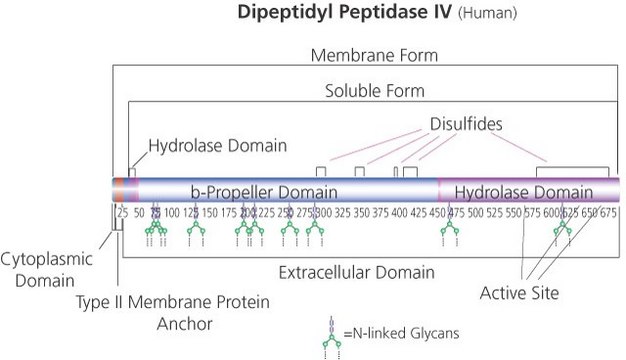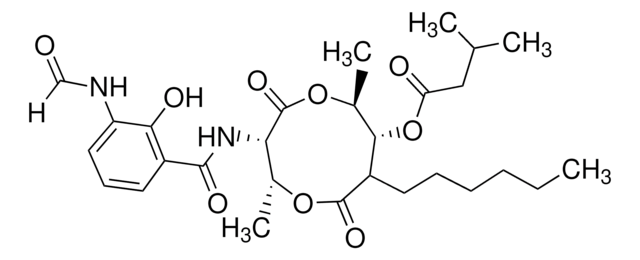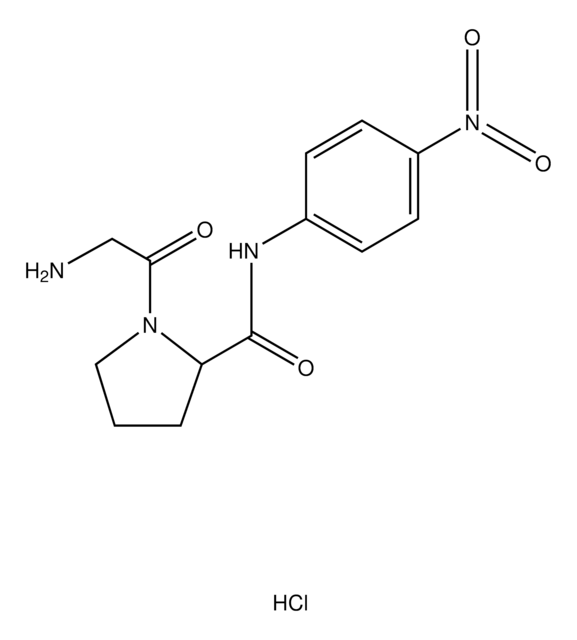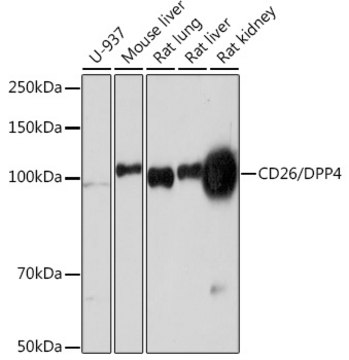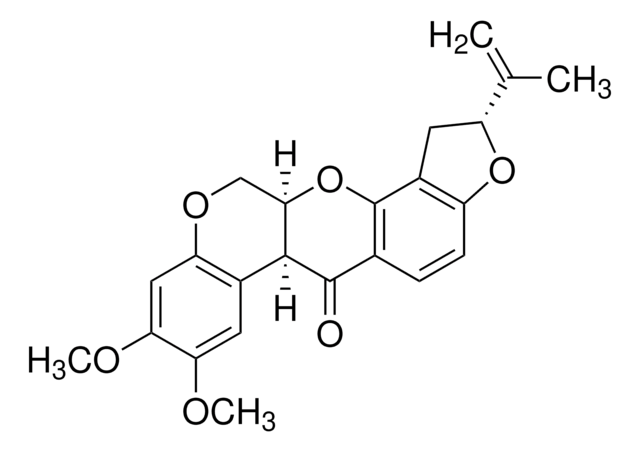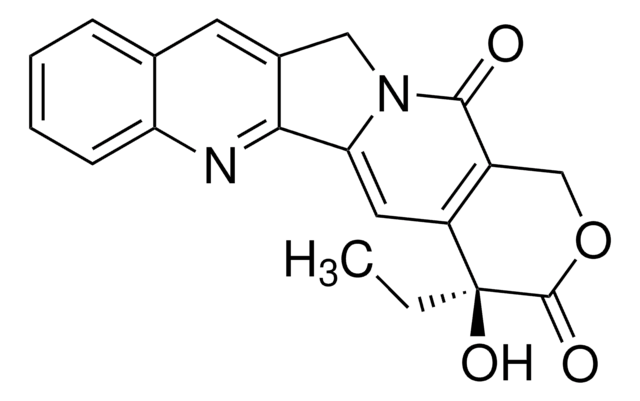推荐产品
生物来源
rabbit
偶联物
unconjugated
抗体形式
IgG fraction of antiserum
抗体产品类型
primary antibodies
克隆
polyclonal
形式
buffered aqueous solution
分子量
antigen ~88 kDa
种属反应性
human
技术
western blot: 1:500-1:2,000
UniProt登记号
运输
dry ice
储存温度
−20°C
靶向翻译后修饰
unmodified
基因信息
human ... DPP4(1803)
免疫原
synthetic peptide corresponding to amino acids 61-75 of human DPP4
应用
Anti-DPP4 antibody produced in rabbit is suitable for western blotting at a working dilution of 1:500-1:2000. Yale Center for High Throughput Cell Biology IF-tested antibodies. Each antibody is tested by immunofluorescence against HUVEC cells using the Yale HTCB IF protocol. To learn more about us and Yale Center for High Throughput Cell Biology partnership, visit sigma.com/htcb-if.
生化/生理作用
DPP4 is a cell surface glycoprotein receptor involved in the costimulatory signal essential for T-cell receptor (TCR)-mediated T-cell activation. It regulates various physiological processes by cleaving peptides in the circulation, including many chemokines, mitogenic growth factors, neuropeptides and peptide hormones. It removes N-terminal dipeptides sequentially from polypeptides having unsubstituted N-termini with proline as the penultimate residue. It is ubiquitously expressed in epithelial and endothelial cells and plays a role in the migration and invasion of human endothelial cells in collagenous matrices. ADA-DPP4 interaction on the cell surface regulates lymphocyte-epithelial cell adhesion. Dipeptidyl peptidase activity of this protein is inhibited by the binding of Simpson-Golabi-Behmel syndrome causative glypican-3.
外形
Solution in 0.01 M phosphate buffered saline, pH 7.4, containing 15 mM sodium azide
免责声明
Unless otherwise stated in our catalog or other company documentation accompanying the product(s), our products are intended for research use only and are not to be used for any other purpose, which includes but is not limited to, unauthorized commercial uses, in vitro diagnostic uses, ex vivo or in vivo therapeutic uses or any type of consumption or application to humans or animals.
WGK
WGK 2
闪点(°F)
Not applicable
闪点(°C)
Not applicable
个人防护装备
Eyeshields, Gloves, multi-purpose combination respirator cartridge (US)
法规信息
常规特殊物品
Giulio Ghersi et al.
Cancer research, 66(9), 4652-4661 (2006-05-03)
Dipeptidyl peptidase IV (DPP4/CD26) and seprase/fibroblast activation protein alpha are homologous type II transmembrane, homodimeric glycoproteins that exhibit unique prolyl peptidase activities. Human DPP4 is ubiquitously expressed in epithelial and endothelial cells and serves multiple functions in cleaving the penultimate
Jamshid Davoodi et al.
Proteomics, 7(13), 2300-2310 (2007-06-06)
Simpson-Golabi-Behmel syndrome (SGBS) is an X-linked condition shown to be the result of deletions of the glypican-3 (GPC3) gene. GPC3 is a proteoglycan localized to the cell membrane via a glycosylphosphatidyl-inositol (GPI) anchor. To further elucidate the GPC3 function(s), we
Kei Ohnuma et al.
The Journal of biological chemistry, 282(13), 10117-10131 (2007-02-09)
CD26 is a widely distributed 110-kDa cell surface glycoprotein with an important role in T-cell costimulation. We demonstrated previously that CD26 binds to caveolin-1 in antigen-presenting cells, and following exogenous CD26 stimulation, Tollip and IRAK-1 disengage from caveolin-1 in antigen-presenting
我们的科学家团队拥有各种研究领域经验,包括生命科学、材料科学、化学合成、色谱、分析及许多其他领域.
联系技术服务部门
